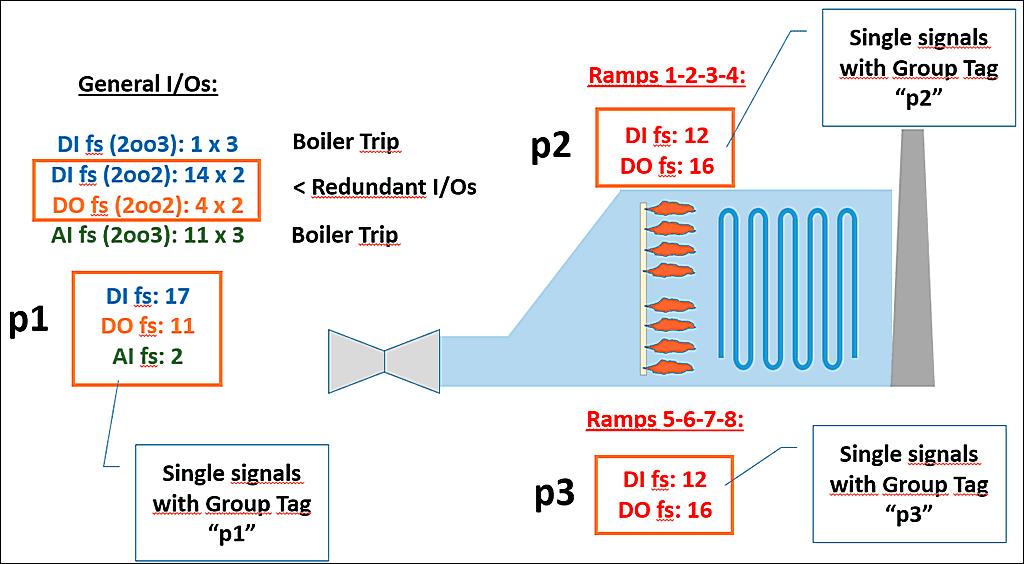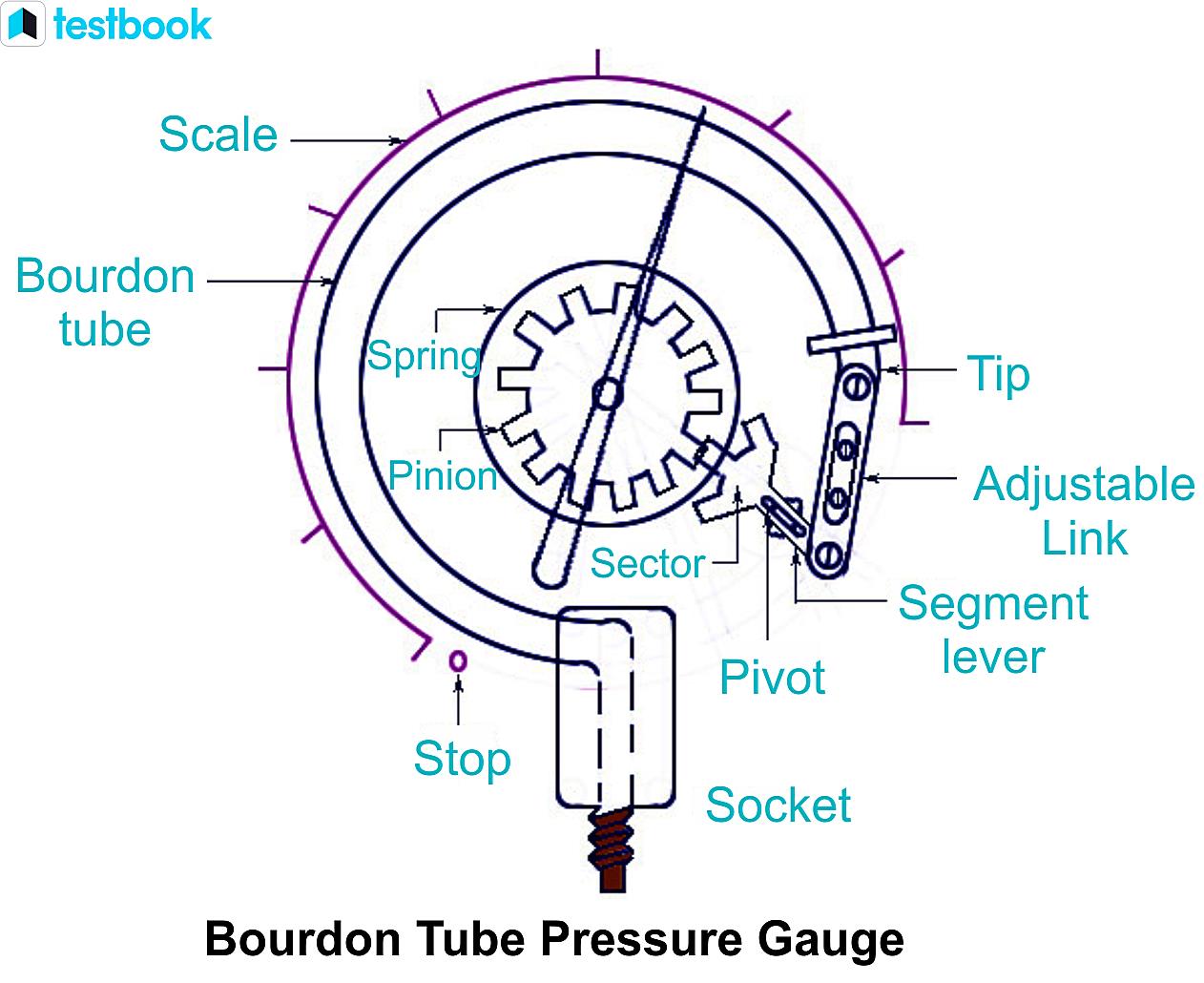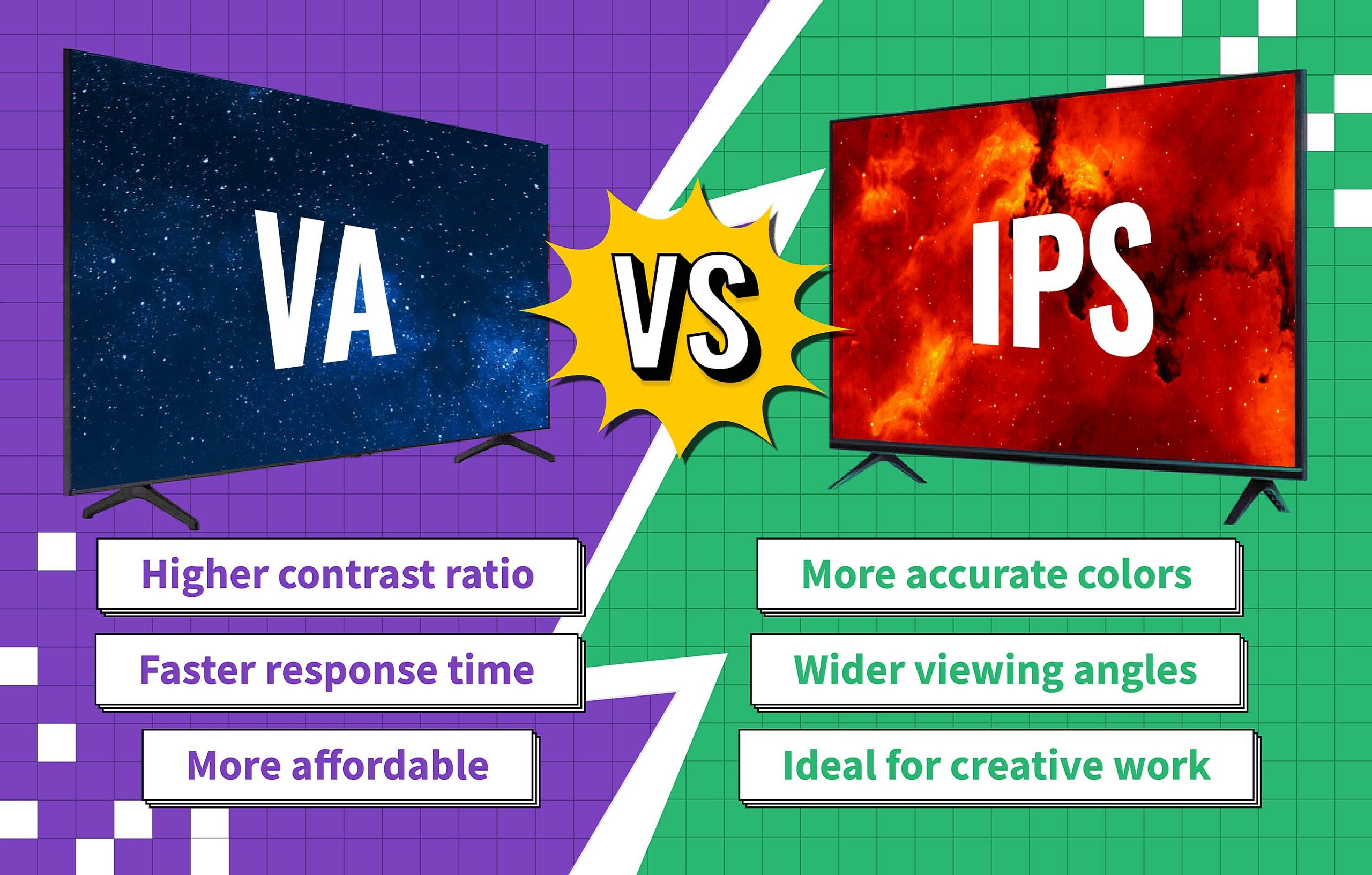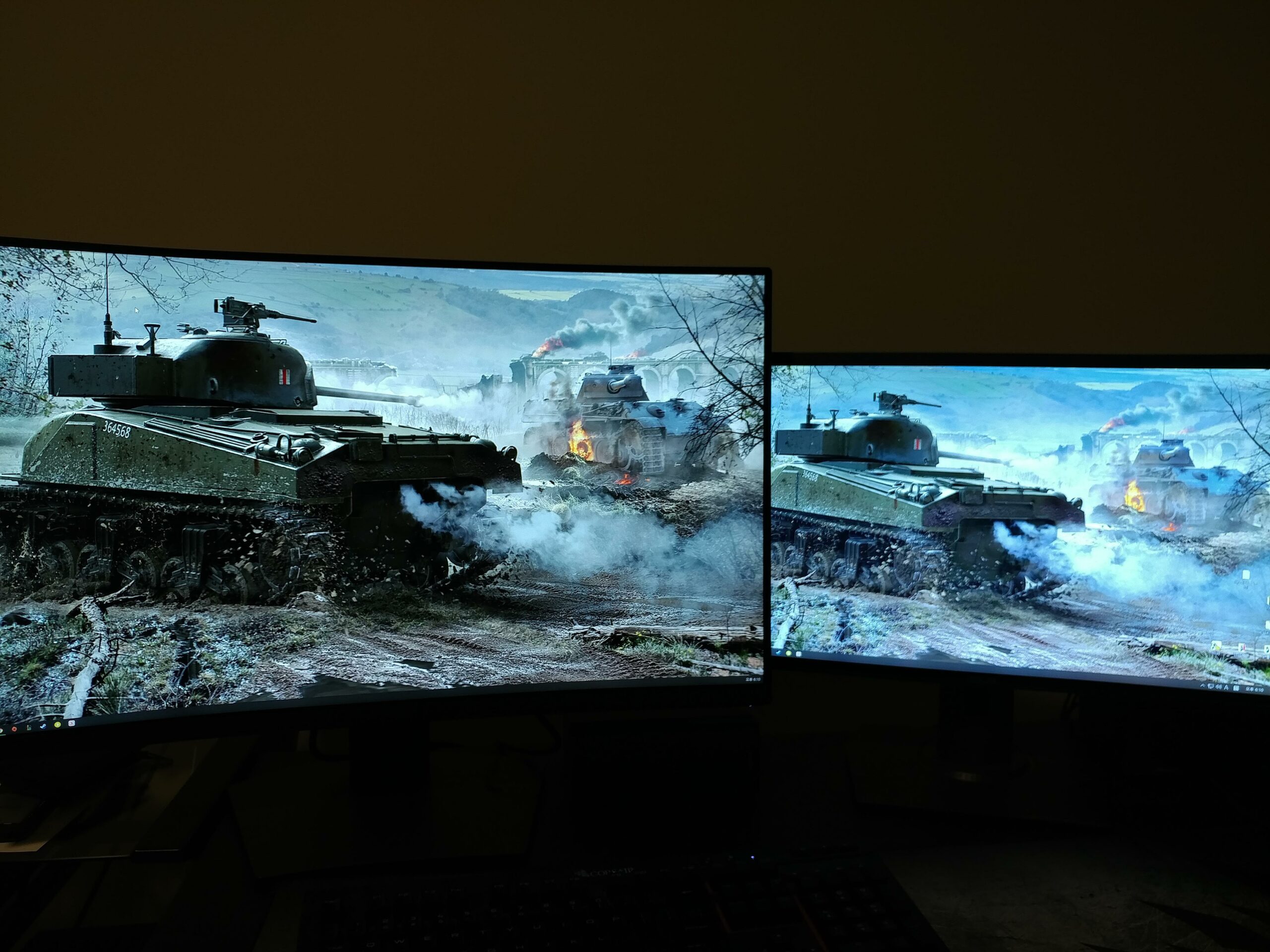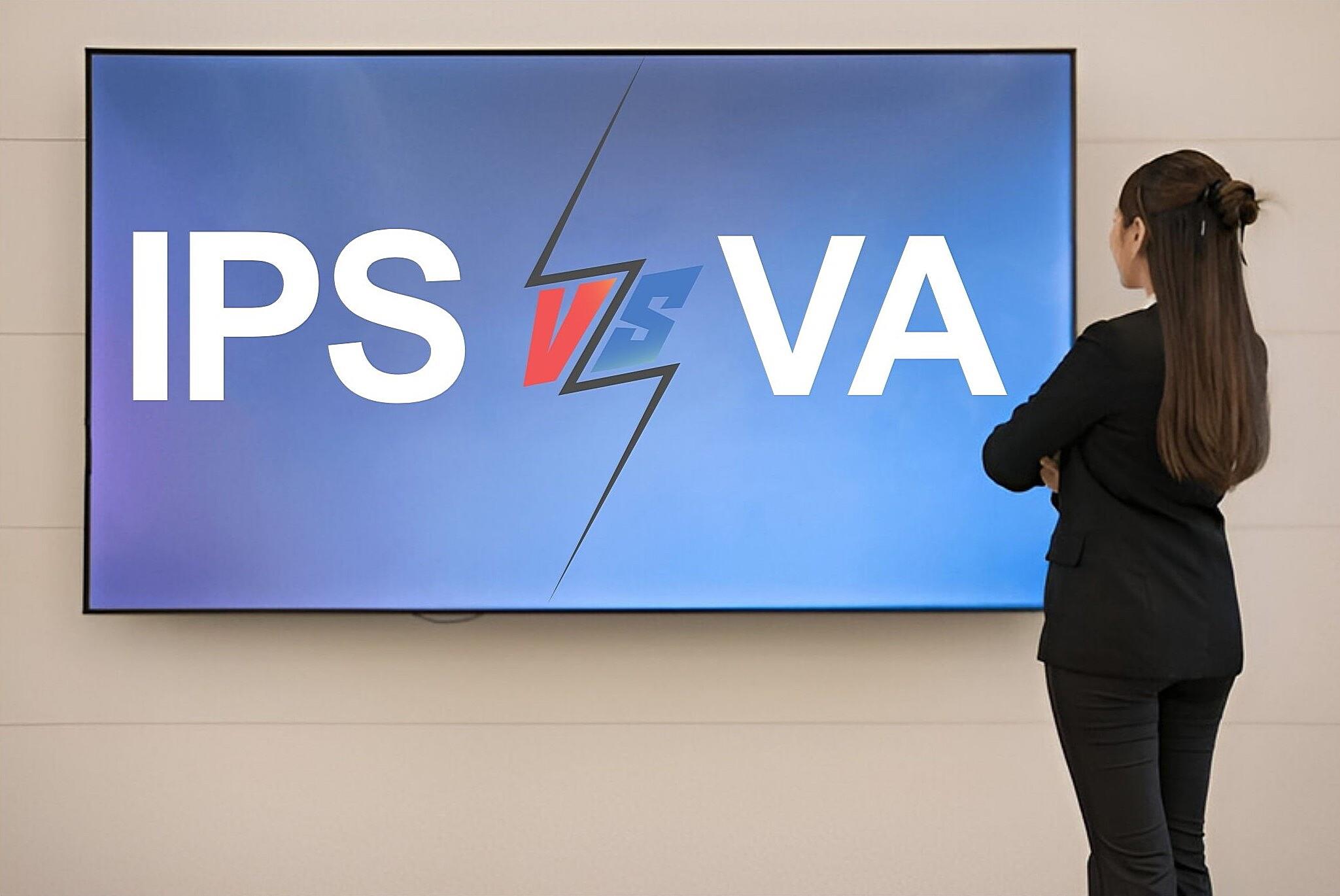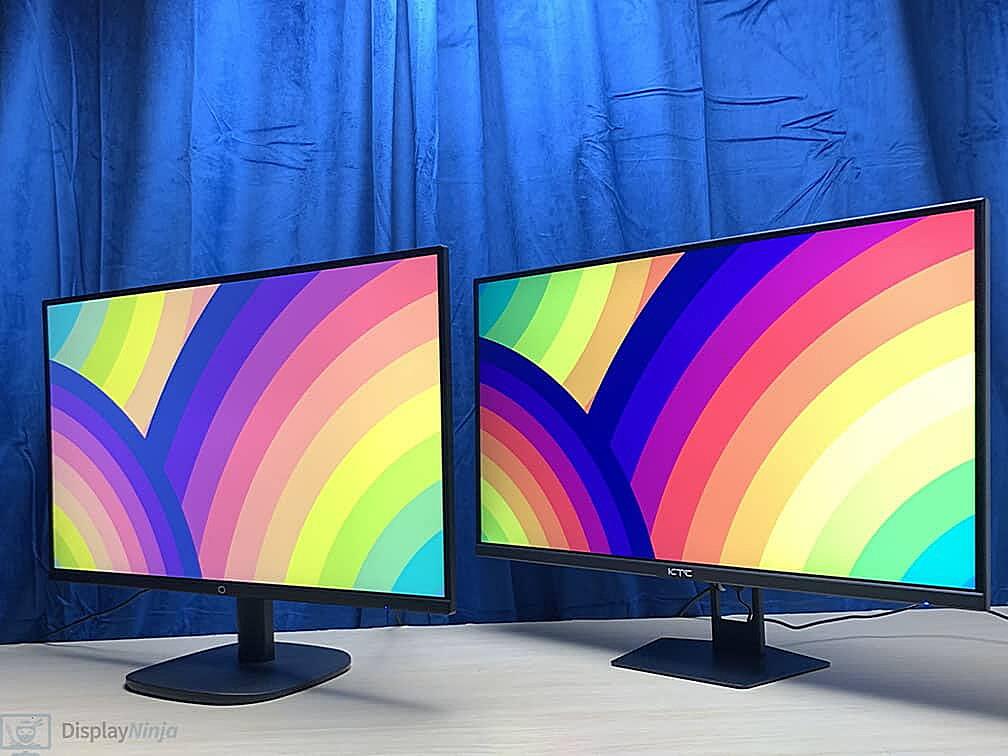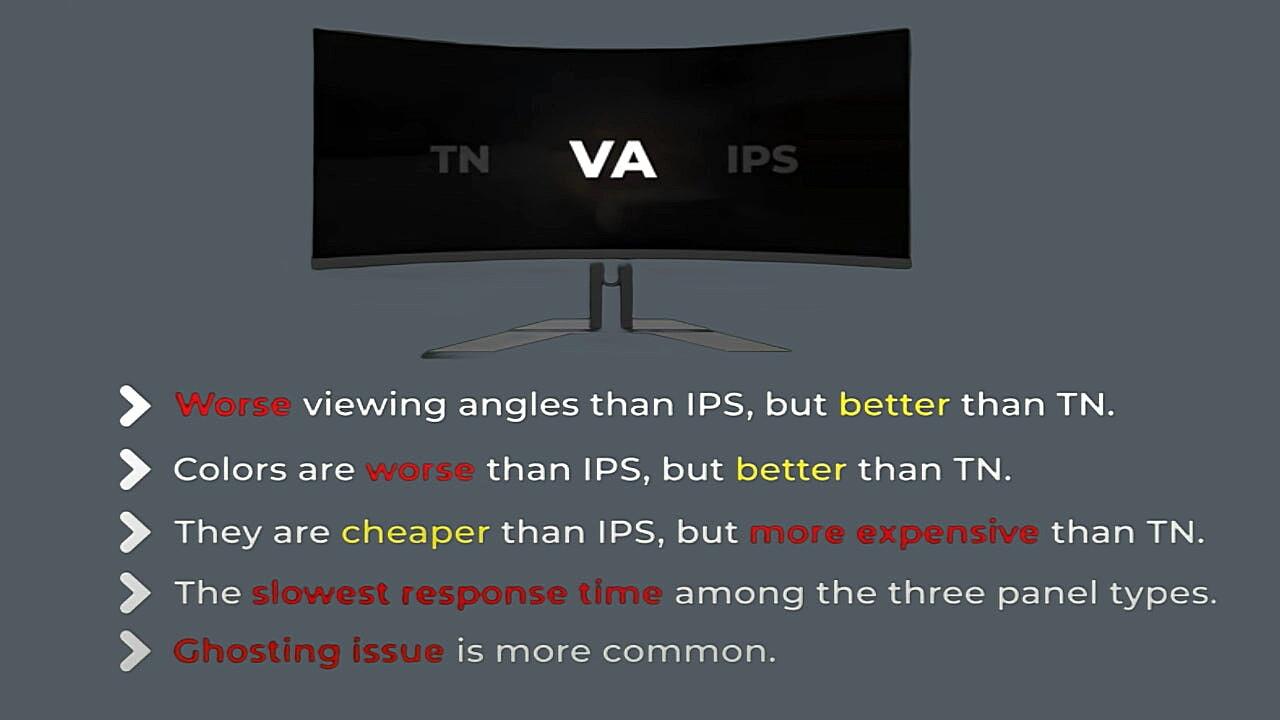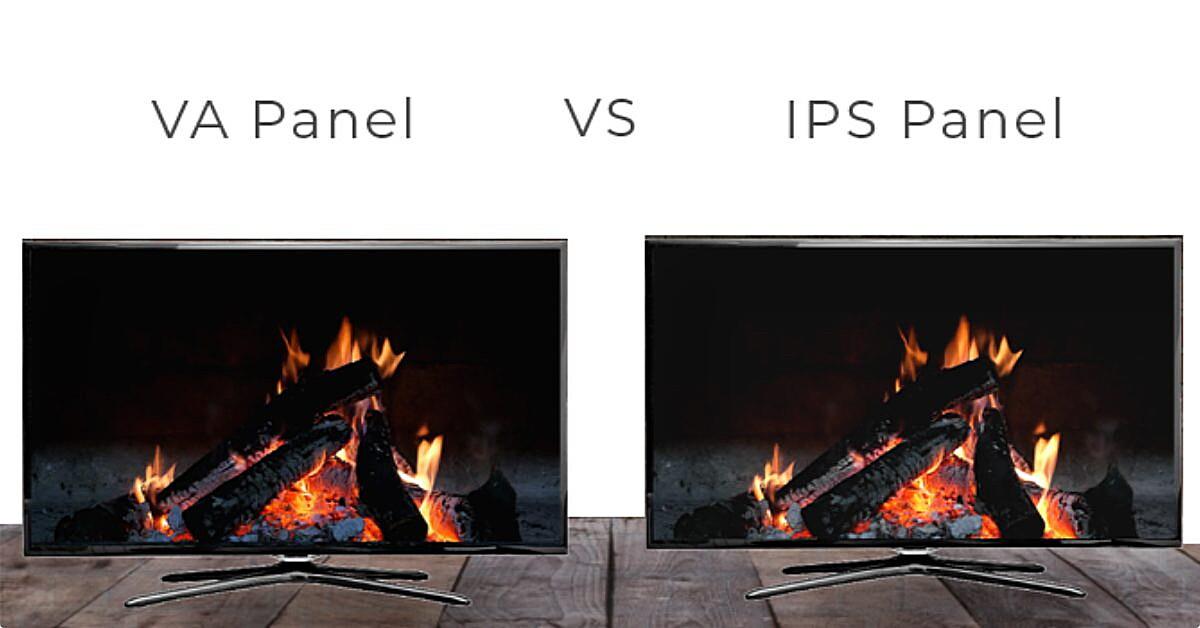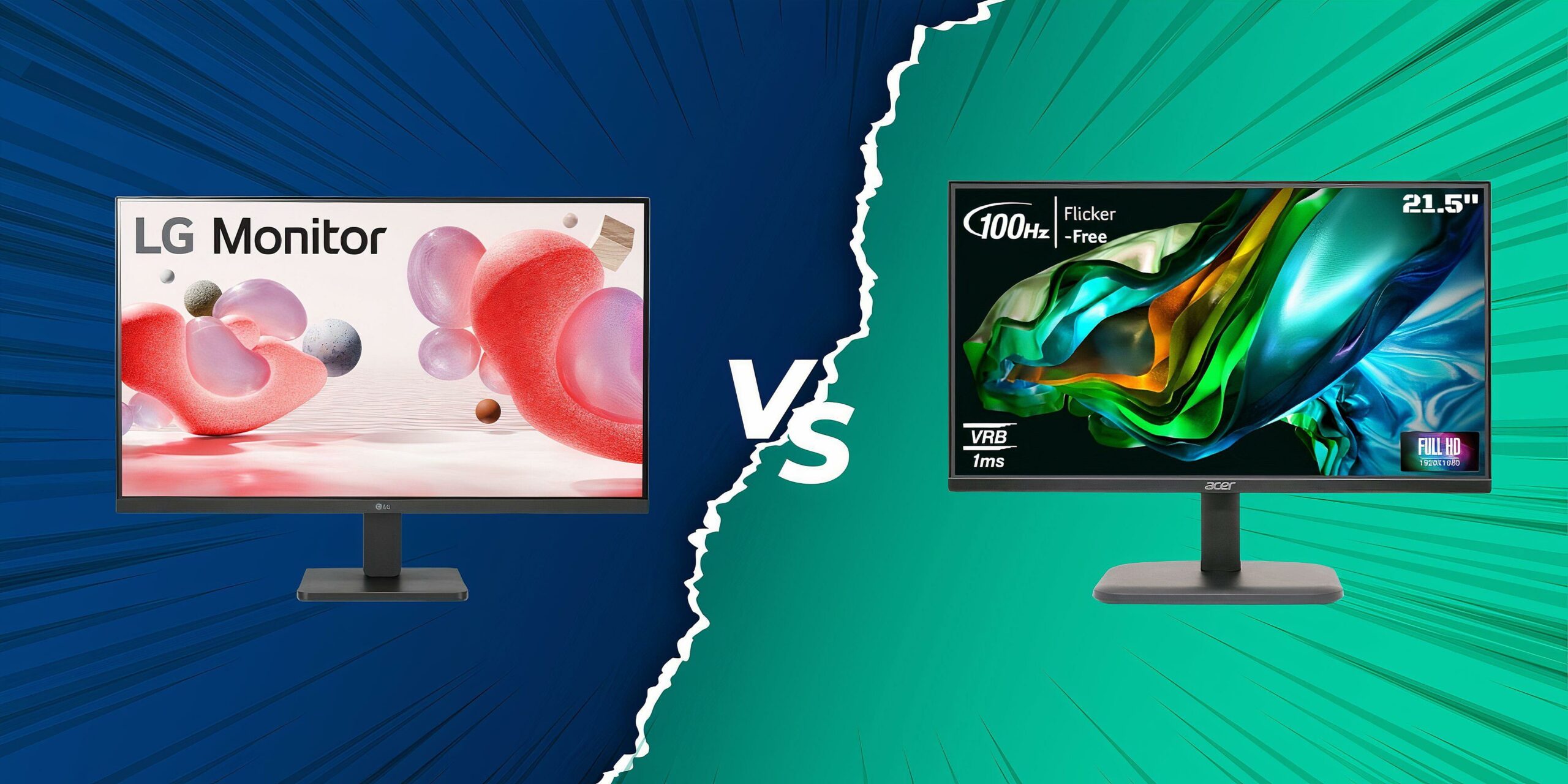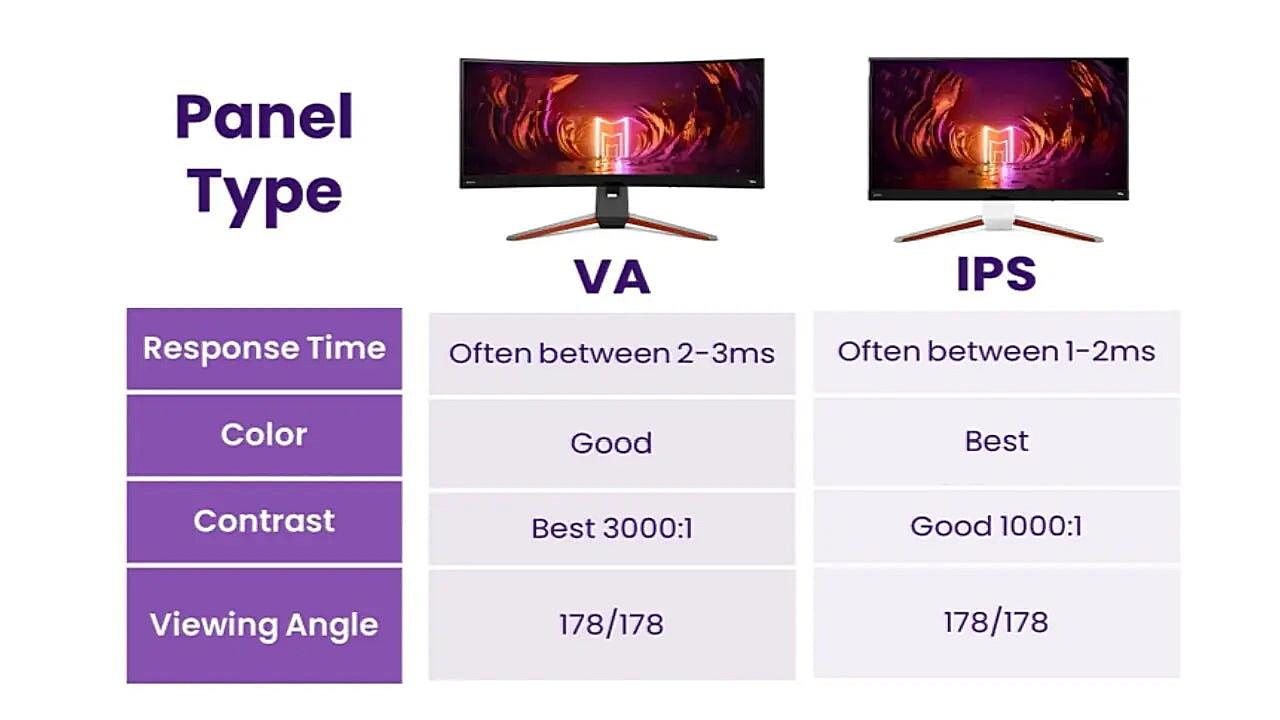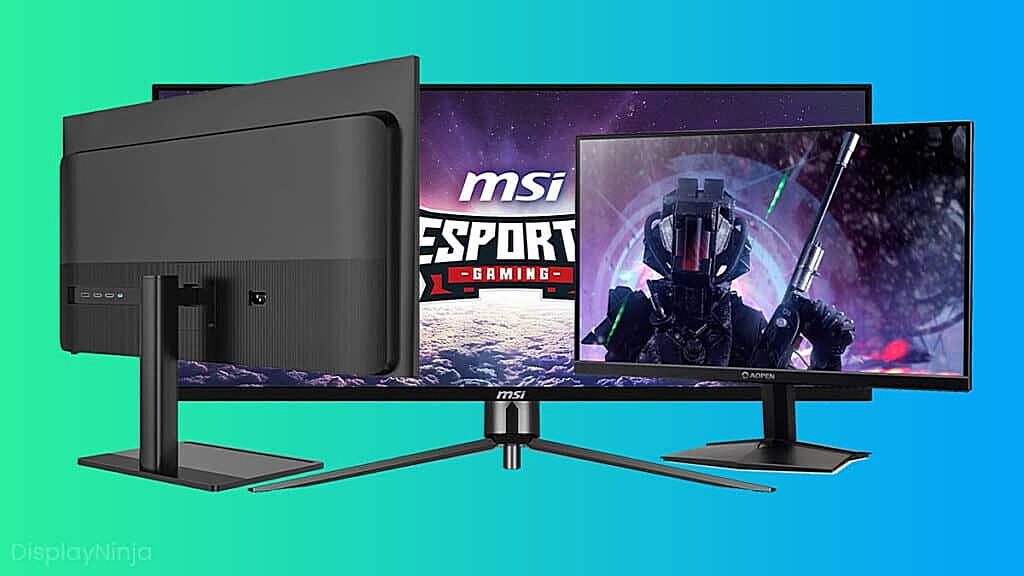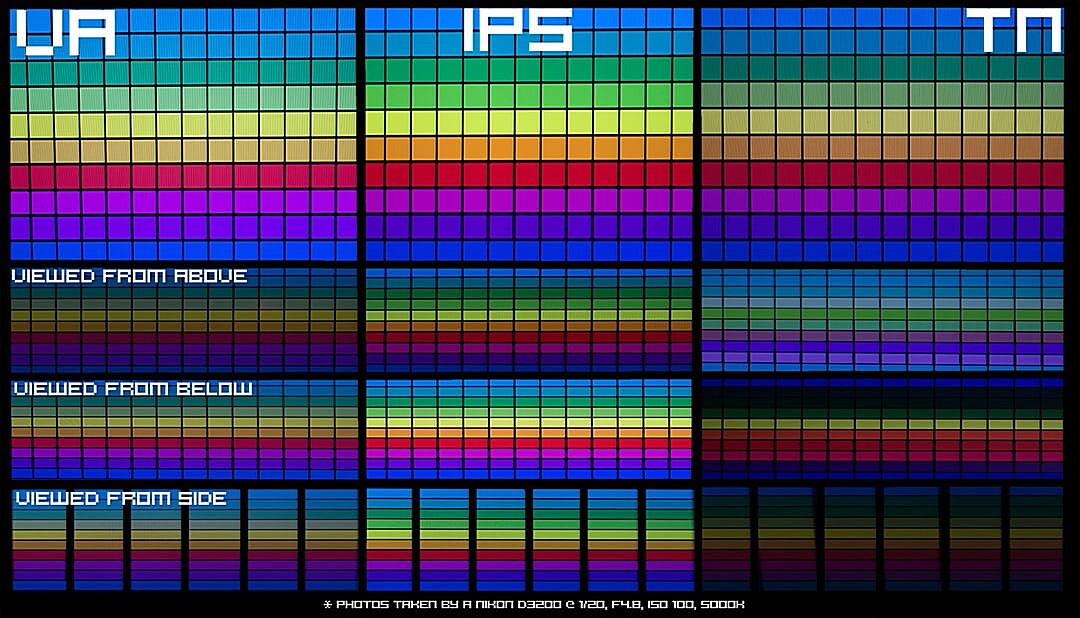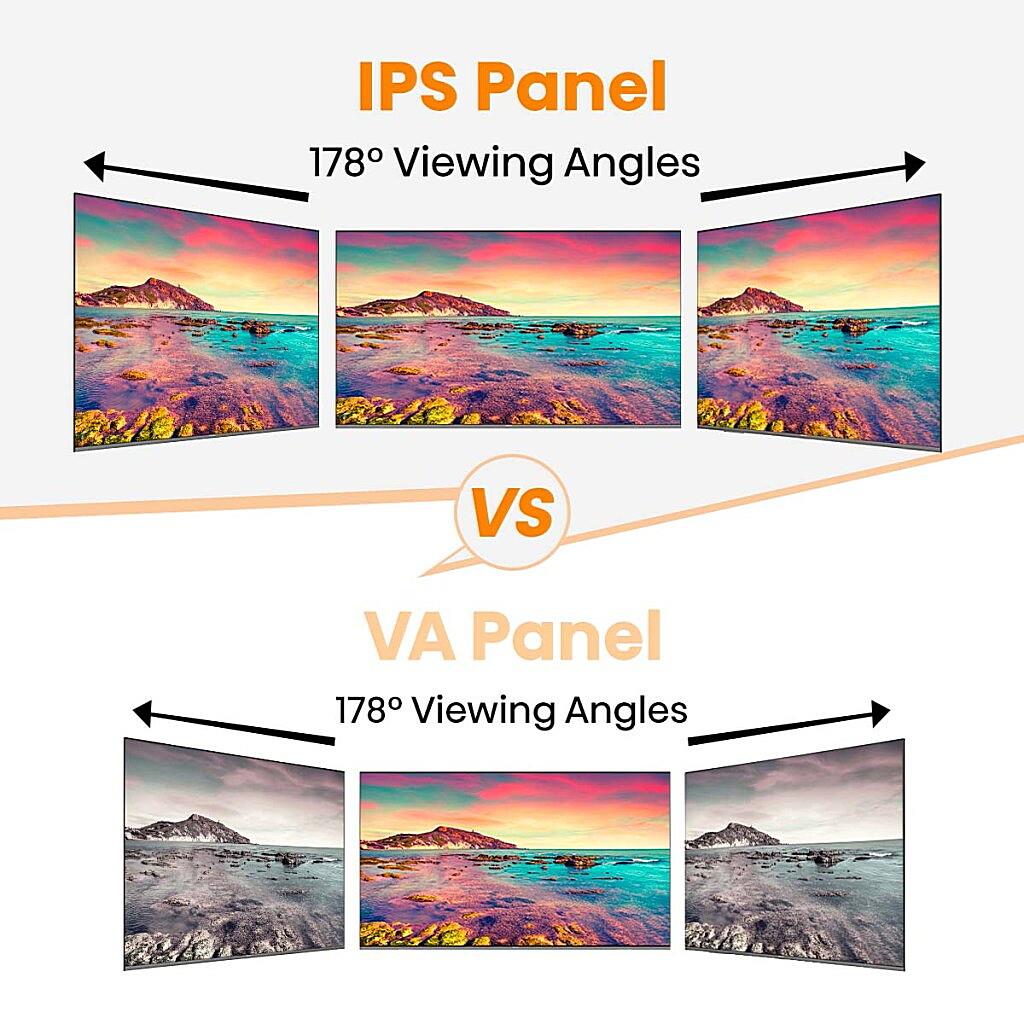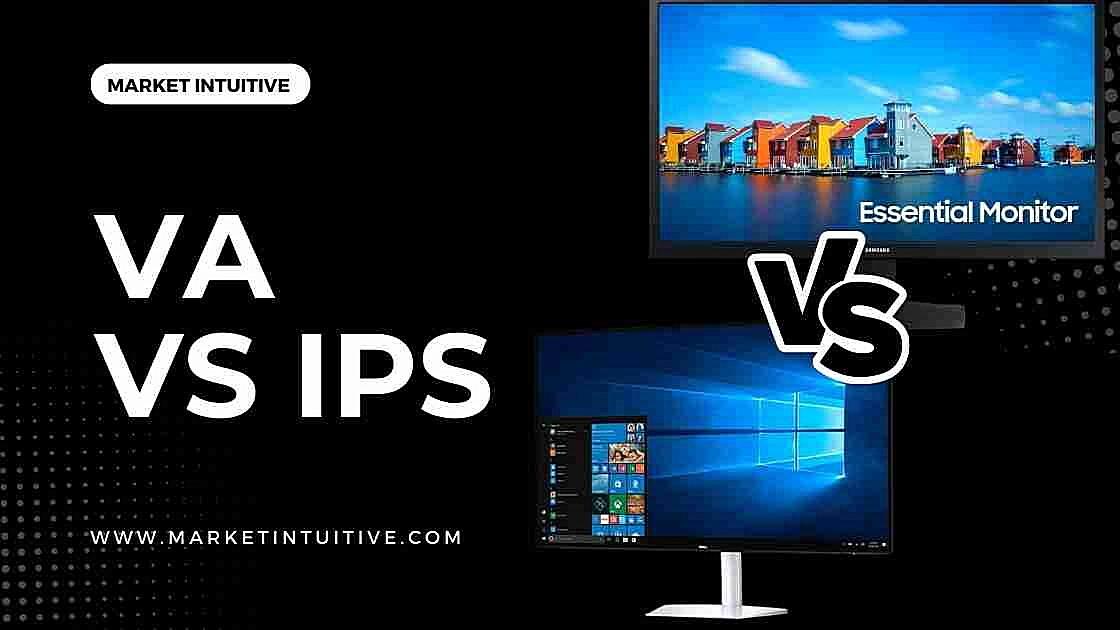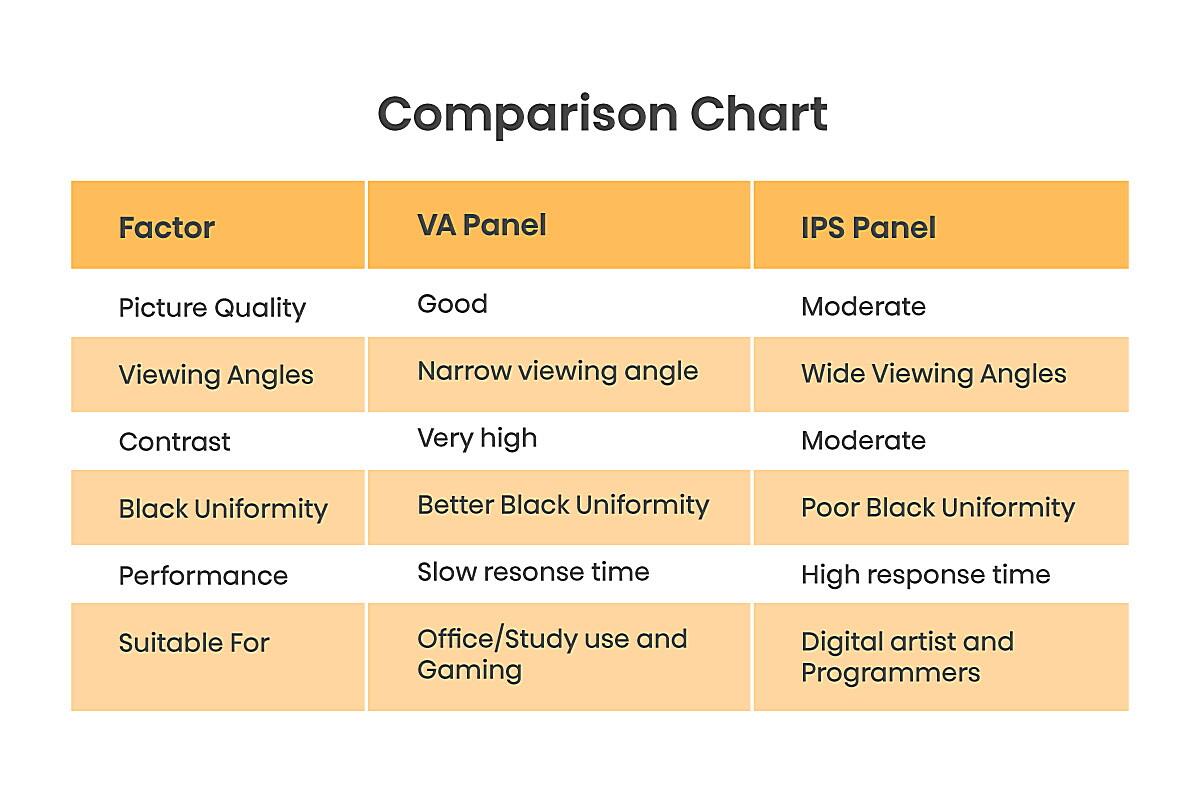You May Also Like :
Unveiling the Price Puzzle
1. Decoding the Display Dollars
Ever stared at two monitors, each promising vibrant visuals, only to notice a significant price difference? Chances are, you were comparing an IPS (In-Plane Switching) panel to a VA (Vertical Alignment) panel. But what exactly makes IPS panels frequently command a higher price tag? It’s not just marketing hype; there are genuine technological reasons behind the cost disparity.
Think of it like this: you’re choosing between a well-balanced, versatile Swiss Army knife (IPS) and a specialized, deep-cutting chef’s knife (VA). Both are excellent tools, but they excel in different areas, and their manufacturing processes reflect that. IPS panels generally involve more complex manufacturing techniques and often utilize higher-grade materials. This translates to a more expensive product for the end consumer. It’s all about the inherent complexities in how these panels bring those pixels to life.
Ultimately, the “why” behind the price difference boils down to the intricate details of display technology. From the liquid crystal alignment to the manufacturing precision required, IPS panels often represent a more significant investment for manufacturers, which is subsequently reflected in their retail price. But let’s delve deeper into the specifics, because the devil, as they say, is in the details (and the subpixels!).
Plus, don’t forget the economics of supply and demand. If IPS panels are in higher demand due to their color accuracy, that alone can push the price upwards. It’s a bit like trying to snag the last avocado at the grocery store the higher the competition, the bigger the price tag!
2. Color Accuracy and Viewing Angles
One of the primary reasons IPS panels are often favored (and priced accordingly) is their superior color accuracy and wider viewing angles. Imagine sharing a movie with friends; with a VA panel, those sitting off to the sides might see a washed-out image. With an IPS panel, everyone enjoys a consistent, vibrant picture, regardless of their viewing position. This is crucial for graphic designers, photographers, and anyone who needs accurate color representation.
This exceptional color performance stems from the horizontal alignment of the liquid crystals within the panel. This alignment minimizes color shift when viewed from different angles, resulting in a consistent and accurate image across a wider range of perspectives. It’s like having a perfectly calibrated paint palette that doesn’t change its hues depending on how you tilt it. Pretty nifty, right?
VA panels, with their vertical alignment of liquid crystals, often struggle in this area. While advancements have been made, IPS panels still generally hold the edge when it comes to providing a truly color-accurate and consistent viewing experience. Think of it as the difference between a standard printer and a professional-grade photo printer; both can print images, but the latter delivers far superior color fidelity.
Therefore, the increased cost of IPS panels reflects the investment in achieving this higher level of color accuracy and wider viewing angles. For professionals who rely on accurate color representation, the premium price is often a worthwhile investment.
3. Response Time and Contrast Ratio
While IPS panels excel in color accuracy and viewing angles, VA panels have their own strengths, particularly in response time and contrast ratio. Response time refers to how quickly a pixel can change from one color to another. Lower response times are crucial for fast-paced gaming and action movies, where motion blur can be a significant issue.
Historically, VA panels have offered faster response times than IPS panels, although this gap has narrowed in recent years. Some high-end VA panels now boast response times that rival or even exceed those of IPS panels. This makes them an attractive option for gamers who prioritize responsiveness over absolute color accuracy.
Contrast ratio, on the other hand, refers to the difference between the darkest black and the brightest white that a panel can display. VA panels typically have much higher contrast ratios than IPS panels, resulting in deeper blacks and more vibrant colors. This can create a more immersive viewing experience, especially in dark environments.
Think of watching a horror movie; the inky blacks of a VA panel will make those shadowy figures all the more terrifying! While IPS panels have improved their contrast ratios, VA panels still generally hold the upper hand in this area. So, if you’re a cinephile who loves to watch movies in a dimly lit room, a VA panel might be a better choice for you.
4. Manufacturing Complexity and Yield Rates
Another factor contributing to the higher cost of IPS panels is the complexity of their manufacturing process. The precise alignment of liquid crystals and the tight tolerances required to achieve optimal color accuracy and viewing angles make IPS panels more challenging to produce. This complexity can lead to lower yield rates, meaning that a higher percentage of panels may be rejected during manufacturing.
Lower yield rates directly impact the cost of the final product. If a manufacturer has to discard a significant portion of its IPS panels due to defects, the cost of those discarded panels must be recouped by increasing the price of the panels that do pass quality control. It’s like baking a batch of cookies; if half of them burn, you’re going to charge more for the good ones to cover your losses.
VA panels, with their simpler alignment of liquid crystals, generally have higher yield rates, which contributes to their lower cost. This doesn’t necessarily mean that VA panels are inferior; it simply reflects the inherent differences in the manufacturing processes.
Consider also the investment in research and development. IPS technology has been continually refined and improved over the years, and these ongoing investments contribute to the overall cost. It’s like developing a new recipe; the more time and effort you put into perfecting it, the more valuable it becomes.
5. Market Demand and Brand Perception
Finally, market demand and brand perception also play a role in the pricing of IPS and VA panels. IPS panels are often associated with higher-end monitors and professional applications, which can command a premium price. The perception that IPS panels are superior for color accuracy and viewing angles has fueled demand, allowing manufacturers to charge more.
Brand reputation also matters. A well-known brand with a track record of producing high-quality IPS panels may be able to charge a higher price than a lesser-known brand, even if the underlying technology is similar. It’s like buying a designer handbag versus a generic one; you’re paying for the brand name and the perceived quality.
Furthermore, targeted marketing strategies can influence consumer perception and drive demand for specific panel types. If a manufacturer heavily promotes the color accuracy of its IPS panels, it can create a perception of superiority, leading to higher sales and prices.
Ultimately, the price of a monitor is a complex equation that takes into account not only the underlying technology but also market forces, brand perception, and consumer demand. It’s a bit like trying to determine the value of a piece of art; the intrinsic qualities of the artwork are important, but so is the artist’s reputation and the overall market for art.
FAQ
6. Why would someone choose a VA panel over an IPS panel?
VA panels offer a compelling alternative to IPS, particularly when deep blacks and high contrast are priorities. Think of dark, immersive gaming or cinematic experiences. Plus, VA panels often come with a friendlier price tag, making them a budget-conscious choice without sacrificing too much on overall image quality.
7. Are all IPS panels created equal?
Absolutely not! Just like any technology, IPS panels vary widely in quality. Factors like backlight uniformity, color gamut coverage, and response time can differ significantly between different models and manufacturers. It’s crucial to do your research and read reviews before making a purchase to ensure you’re getting a truly high-quality IPS panel.
8. Will I notice a big difference between IPS and VA for everyday use?
Honestly, it depends on what you do! If you’re primarily browsing the web, writing emails, or watching casual videos, the differences might be subtle. However, if you’re a photographer, graphic designer, or gamer, the superior color accuracy and viewing angles of IPS (or the deep contrast of VA) could be significant advantages that greatly enhance your experience.

